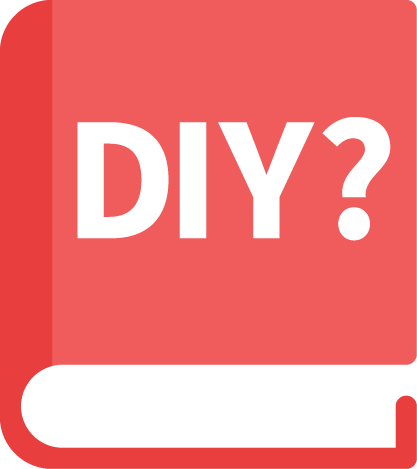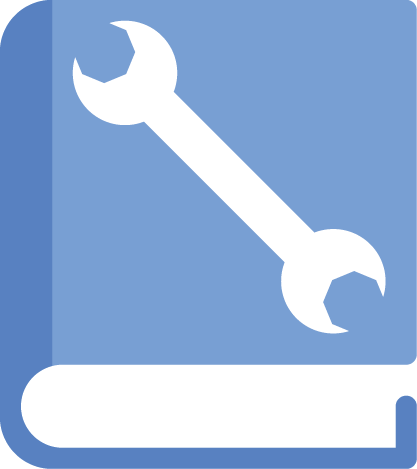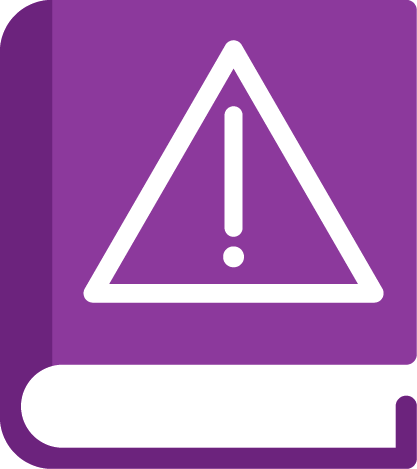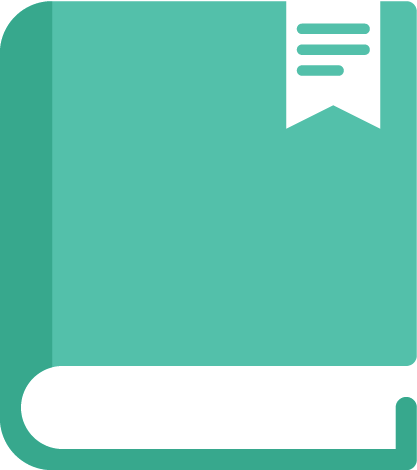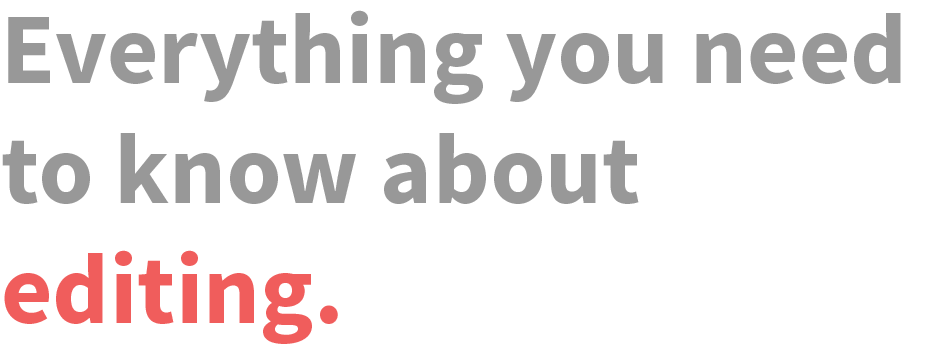
Most readers agree there’s nothing quite like holding a new book in your hand. With the advent of print-on-demand (POD) and e-books, self-publishers now have many new ways to find an audience, with many choices and challenges. That said, there are no shortcuts to producing a professional-quality book.
At Smartwork Creative, we believe self-published books deserve the same level of editorial input and professional design that is applied to mainstream publishing. This site can help you create a strategy to achieve your goals and give you the resources to accomplish them. It is a place to gain and share knowledge and if need be shows ways in which we can assist – and maybe help you make another famous donkey or two!
“Stereotypically creative/artistic types are not always the best business people. However, in Smartwork Creative’s case, Kim Dovey has surrounded herself with the perfect blend of creativity, imagination, artistry and business-minded souls to make her company, in my opinion, the best design company I’ve worked with. I couldn’t recommend them any more highly.”
Craig Smith
Author/Songwriter of the #1 Bestseller,
The Wonky Donkey
wonkydonkey.co.nz
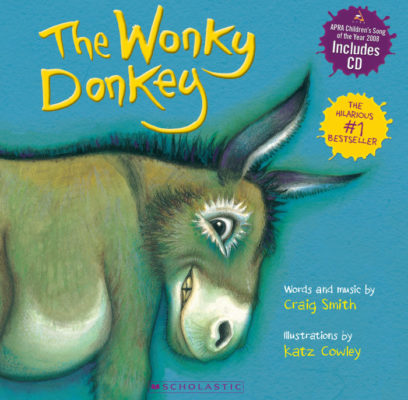
 What you need to know about…
What you need to know about…
Getting started
We reckon the best way forward is to work backwards!
It can be tricky, but, to begin with, try to set aside questions about editing and design, and instead ask yourself: who are your readers, and what kind of reading experience do you want to give them? Moreover, how will you market and sell your book to them? There’s no point having a spare bedroom filled with book cartons because you don’t know how to shift them. So, once you have a vision for the type of book you want to produce, and have thought about the delivery model, you can begin making decisions about the product itself – its format and extent (how big, how long), the cover, binding, finish, and so forth. From there, you can begin to think about the presentation of the text and any pictures. All of these points are touched on in the panels below.
This may sound a little back-to-front, especially if you’d planned to begin by contacting an editor, but we think it’s good to see the whole picture first. You really do need to explore all aspects of the process, and explore the costs involved, before committing yourself to self-publishing.
Editing
You won’t get far with a book full of errors.
You may think no one will notice if you haven’t had a professional editor go over the manuscript, but you’d be surprised. Book reviewers, bookstore buyers and other publishing people will pick up on it at once, and they won’t give your book a second look. It’s a sign the author didn’t care enough about their own work to treat it well before launching it into the world. Give yourself and your book the best chance of success. Get someone to edit the book before you go to press.
We have a list of editors we regularly work with, and we can usually recommend at least one who is used to working within the genre of your story. Or if you prefer to work with your own editor, that’s fine.
You can read more about what different editors do, and how to find a good one, using the links below.
Design and Production
Even a novel needs a professional eye on the typography, and has to be laid out within the parameters of good book design.
Good design isn’t just about pleasing the eye: it also makes reading a more pleasurable experience. Small details, such as the choice (and size) of font, and the margin widths, will improve the appearance and aid readability.
Look upon the money spent on design as an investment. It’s the bit that makes your book look as good as it reads, and, along with the editing, it is an essential element that will go a long way in helping your book stand out from the crowd.
Cover Design
People do judge a book by its cover.
While internal design is important, it’s the cover that actually sells your book. It represents your title to the world, and more than almost anything else will influence the buyer’s decision.
Cover design is very strongly guided by genre – usually, if you’re browsing in a bookstore, you can instantly distinguish a thriller from an historical romance or a crime novel. Designers use specific cues, some very subtle, to ‘badge’ books, and balance this with original flair to ensure your book looks fresh while conforming to certain expectations. That’s why it’s good to work with a professional cover designer. If you are designing your own, or briefing a designer, we’ve provided a few tips below.
Print Options
Traditional printing, print on demand or e-book?
Traditional printing, print-on-demand or e-book?
Will you go with just one of these options, or more? This is one of the biggest decisions you’ll make, partly because of the huge difference it’ll make to your budget. Print publishing is much costlier than e-publishing, so if you’re committed to print – and who doesn’t like to hold a book in their hands? – you’ll need to cover all the bases. Even with e-books, there are boxes to tick off.
Click the link below for a quick overview of your options. Whichever route you take, if you choose to work with Smartworks we can help you obtain printing quotes, interpret printer jargon, and prepare your files.
Marketing
Here’s the secret to book marketing: Write the best book you can, and then produce the best-looking book you can.
Nothing else will be nearly as important to selling books as this, and with a really good book your marketing is half done already. That said, there’s no point having a fabulous book stacked up in your spare room because you had never spread the word.
Marketing is all about building the right connections and looking for opportunities. The goal is to put your book in front of as many ‘eyeballs’ as possible, in order to encourage as many people as possible to read, enjoy and refer the book. To do this you’ll need to have a good story about your book that you can share.
Budgeting
How much will it cost?
Ask ten different experts on cost, and you’ll get ten different answers, but one thing’s for sure: as a self-publisher, you’ll need to cover all the upfront costs that a publisher would cover if you had entered into a contract with them. The good news is that you pocket all the change once you’ve paid for the editing, design and production and print, plus any distribution, marketing, etc., costs. If you’ve budgeted carefully, you’ll be able to sell your book at an affordable RRP and make a small profit per sale. If your costs blow out, you may not make any profit, let alone break even.
It’s important, therefore, to ask the right questions and clarify your aims and outcomes at the beginning, so that you know all the up-front costs at the outset – and what you can afford.
 Get in touch.
Get in touch.
Writing a book means a lot of investment in both time and emotion.
We get that and understand that you’ll have questions at many points along your journey. Please don’t hesitate to contact us at any stage in the process and we can help with advice, quotes or putting together a production package that will see your dream become a reality.
 Useful resources for independent publishers.
Useful resources for independent publishers.


